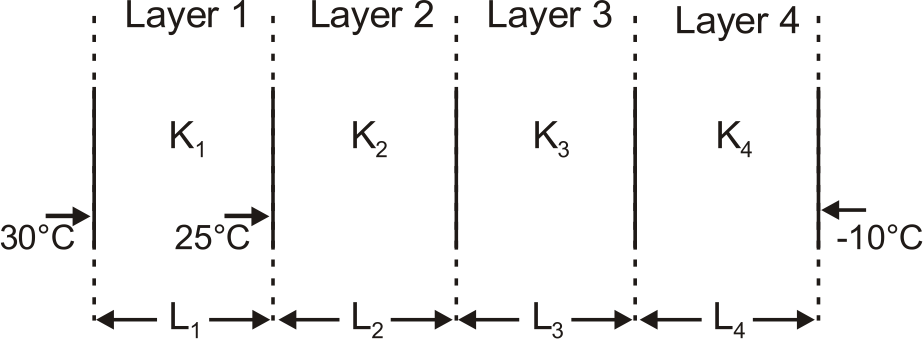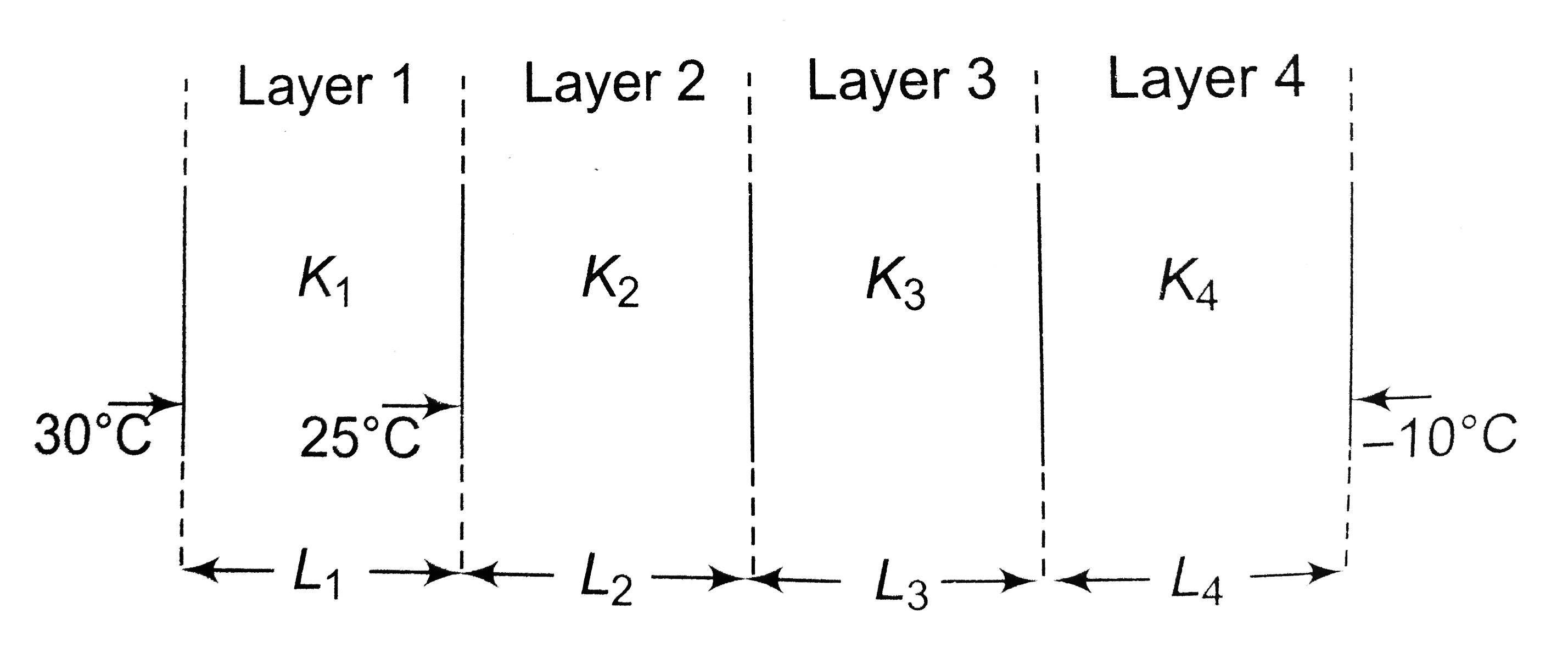The anther wall consists of four wall layers where
tapetum lies just inner to endothecium
middle layers lie between endothecium and tapetum
endothecium lies inner to middle layers
tapetum lies next to epidermis
The correct Answer is:B
Step-by-Step Solution:
1. Identify the Layers of the Anther Wall:
The anther wall consists of four distinct layers. These layers are:
- Epidermis (outermost layer)
- Endothecium (second layer)
- Middle layer (between endothecium and tapetum)
- Tapetum (innermost layer)
2. Understanding the Position of Each Layer:
- The epidermis is the outermost layer that provides protection.
- The endothecium lies just beneath the epidermis and also serves a protective function.
- The middle layer is located between the endothecium and the tapetum.
- The tapetum is the innermost layer that provides nourishment to the developing pollen grains.
3. Analyzing the Options:
- Option 1: "Tapetum lies just inner to endothecium" - This is incorrect because the tapetum is the innermost layer, not just inner to the endothecium.
- Option 2: "Middle layers lie between endothecium and tapetum" - This is correct as the middle layer is indeed situated between these two layers.
- Option 3: "Endothecium lies inner to middle layers" - This is incorrect because the endothecium is outer to the middle layer.
- Option 4: "Tapetum lies next to epidermis" - This is incorrect as the tapetum is the innermost layer, while the epidermis is the outermost layer.
4. Conclusion:
Based on the analysis of the layers and their positions, the correct answer is:
- Middle layers lie between endothecium and tapetum.
The anther wall consists of four distinct layers. These layers are:
- Epidermis (outermost layer)
- Endothecium (second layer)
- Middle layer (between endothecium and tapetum)
- Tapetum (innermost layer)
- The epidermis is the outermost layer that provides protection.
- The endothecium lies just beneath the epidermis and also serves a protective function.
- The middle layer is located between the endothecium and the tapetum.
- The tapetum is the innermost layer that provides nourishment to the developing pollen grains.
- Option 1: "Tapetum lies just inner to endothecium" - This is incorrect because the tapetum is the innermost layer, not just inner to the endothecium.
- Option 2: "Middle layers lie between endothecium and tapetum" - This is correct as the middle layer is indeed situated between these two layers.
- Option 3: "Endothecium lies inner to middle layers" - This is incorrect because the endothecium is outer to the middle layer.
- Option 4: "Tapetum lies next to epidermis" - This is incorrect as the tapetum is the innermost layer, while the epidermis is the outermost layer.
Based on the analysis of the layers and their positions, the correct answer is:
- Middle layers lie between endothecium and tapetum.
Topper's Solved these Questions
- SEXUAL REPRODUCTION IN FLOWERING PLANTSBook:NCERT FINGERTPS ENGLISHChapter:SEXUAL REPRODUCTION IN FLOWERING PLANTSExercise:HOTS
Explore 5 Videos
- SEXUAL REPRODUCTION IN FLOWERING PLANTSBook:NCERT FINGERTPS ENGLISHChapter:SEXUAL REPRODUCTION IN FLOWERING PLANTSExercise:NCERT
Explore 20 Videos
- REPRODUCTIVE HEALTHBook:NCERT FINGERTPS ENGLISHChapter:REPRODUCTIVE HEALTHExercise:Reproductive Health
Explore 133 Videos
- STRATEGIES FOR ENHANCEMENT IN FOOD PRODUCTIONBook:NCERT FINGERTPS ENGLISHChapter:STRATEGIES FOR ENHANCEMENT IN FOOD PRODUCTIONExercise:Strategies For Enhancement In Food Production
Explore 151 Videos
Similar Questions
Cell wall consists of
View SolutionPlant cell wall consists of
View SolutionTypical anther consists of
View SolutionTetragonal anther consists of
View Solution
Figure shows in cros section a wall consisting of four layers with thermal conductivities K1=0.06W/mK
K3=0.04W/mK and K4=0.10W/mK. The layer thicknesses are L1=1.5cm,L3=2.8 cm and L4=3.5cm the temperature of interfaces is as shown in figure. energy transfer through the wall is in steady state.
Q. The temperature of the inteface between layers 2 and 3 is
View SolutionFigure shows in cross section a wall consisting of four layers with thermal conductivities K1=0.06W/mK,K3=0.04W/mKandK4=0.10W/mK. The layer thickness are L1=1.5cm,L3=2.8cmandL4=3.5cm. The temperature of interfaces is as shown in figure. energy transfer through the wall is in steady state. the temperature of the interface between layer 3and4 is:

View SolutionFigure shows in cross section a wall consisting of four layers with thermal conductivities K1=0.06W/mK,K3=0.04W/mKandK4=0.10W/mK. The layer thickness are L1=1.5cm,L3=2.8cmandL4=3.5cm. The temperature of interfaces is as shown in figure. energy transfer through the wall is in steady state. the temperature of the interface between layer 3and4 is:

View SolutionThe wall of bacteria consists of
View SolutionThermos bottle or Dewer flask consists of a double walled glass vessel with inner and outer walls coated with silver. Give reason.
View SolutionAssertion : A typical microsporangium of angiosperms is generally surrounded by four wall layers - epidermis, endothecium, middle layers and tepetum.
Reason : The outer three wall layers perform the function of protection and help in dehiscence of anther to release the pollen.
View Solution
